|
Well, the rain finally arrived and with it brought a multitude of new problems in the garden! We have gone from dry to wet in just a matter of days and vegetable plants are showing us the signs... Here are few things happening in Greene County gardens this week! TOMATOESTwo major fungal blights that regularly wreak havoc on tomatoes are Septoria leaf spot and early blight, caused by the fungus Alternaria solani. Both of these fungal diseases are present this year throughout the state. A third disease, Late Blight, is caused by the fungal-like organism, Phytophthora infestans. These three tomato diseases are spread by spores that require dew or rain to infect the plant and thus they are most severe under wet conditions. Septoria leaf spot is caused by the fungus Septoria lycopersici and usually appears on the lower leaves after the first fruits set. Initially the fungus causes numerous, small, roughly circular spots, scattered randomly over the leaf. Spots enlarge to a size of approximately 1/16 to 1/4 inch in diameter with dark brown borders and tan or light colored centers. Septoria leaf spot is sometimes confused with bacterial spot of tomato. The presence of fruiting bodies of the fungus, visible as tiny black specks in the centers of the spots, confirms Septoria leaf spot. The fungus is spread by splashing water and by working among the plants when they are wet. Heavily infected leaves will turn yellow, dry up, and drop off. Fruits are rarely infected however, defoliation due to infection by Septoria leaf spot may result in sunscalded fruit. This fungal disease overwinters on diseased leaf material. Early blight, caused by the fungus Alternaria solani, also appears on the lower leaves, usually after fruit set. The spots are dark brown to black and distinguished from Septoria by their larger size and concentric rings that develop in the spot forming a bull’s eye. The leaf area around each target spot turns yellow, and soon the entire leaf turns yellow and drops. Early blight fungus also infects stems and may produce stem cankers. It occasionally attacks the fruit, producing large sunken black target spots on the stem end of the fruit. Infected fruits often drop before they mature. This disease is most common late in the growing season. The fungus overwinters on old tomato vines. Late blight, caused by the fungal-like organism Phytophthora infestans, occurs in moist weather with cool nights and moderately warm days. Dark-green to nearly black wet-looking areas develop on leaf margins, spreading in from the leaf edge. In wet weather, the spots produce a downy, white growth of mycelia and spores on the lower leaf surface. Fruits also become blighted. Late blight is usually seen first on shoulders of tomato fruit as gray-green and water-soaked lesions that enlarge and turn dark brown and firm, with a rough surface. When conditions are favorable, the disease may progress very rapidly. Management of these tomato blights includes both cultural as well as chemical measures:
Click HERE for more info! |
AuthorsCategories
All
Archives
July 2020
|
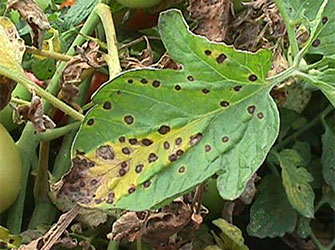
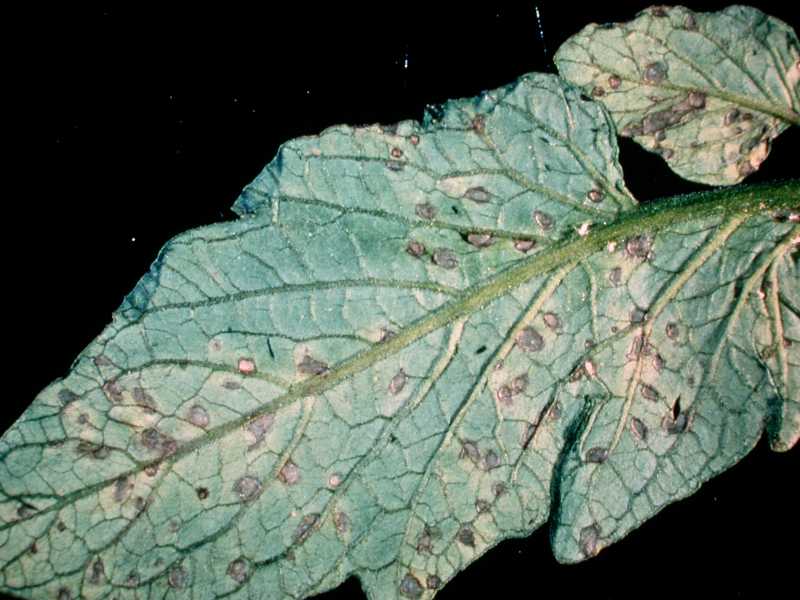
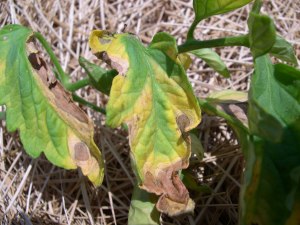
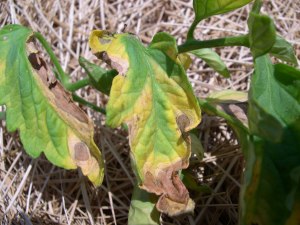
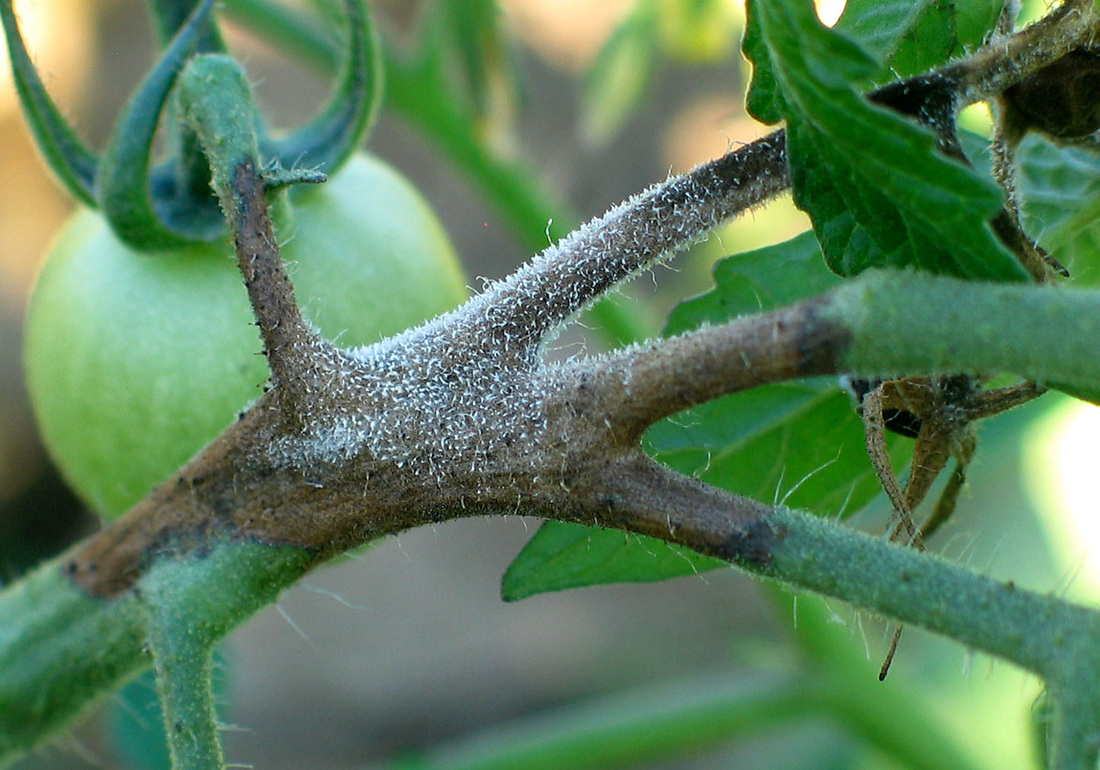
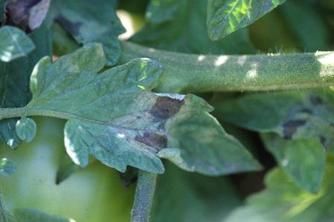
 RSS Feed
RSS Feed